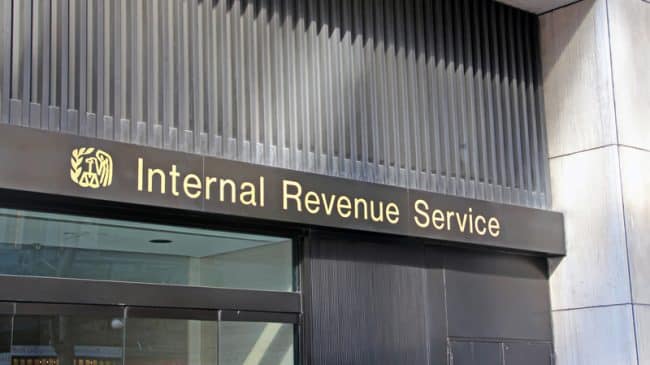In the 20th Century, the United States built some of the world’s preeminent transportation systems, including a interstate highway network that’s second to none. The challenge for the 21st century is to maintain this infrastructure while expanding our ability to efficiently move people and goods. We face multiple challenges. Money is tight, as the gasoline tax we rely on to build and maintain our transportation network loses its earning power due to improved fuel efficiency and rising costs. Meanwhile, the nation’s transportation needs are increasing, as many of our roads, bridges, and railways fall deeper into a state of disrepair. All of this is occuring in the context of trillion-dollar annual budget deficits and a $14 trillion national debt. There has never been a more critical time to do more with less.
This paper will introduce seven transportation tools – some big, some small – that can help improve our nation’s transportation system at taxpayer-friendly costs. This paper offers some of the latest ideas and innovations that can inform the process as Congress writes the next six-year transportation bill. We hope members of Congress will be inspired to encourage, promote, and develop these and other cost-effective transportation measures.
The following strategies are not a panacea for the nation’s transportation challenges, but they have relieved congestion and improved safety where they have been implemented. Their wider use will help spread these benefits across the nation. In central Virginia, transportation planners presented a variety of scenarios to citizens to illustrate how future growth in the area would impact their transportation. These scenerios allowed citiznes to realize that encouraging future growth and development near existing infrastructure would reduce future congestion by more than 50 percent, at half the cost of other growth scenarios. This type of scenario planning, which resembles considerations made by the military and private corporations for decades, takes into consideration a broad range of concerns – from infrastructure costs to quality of life benefits – while ensuring that a community’s transportation investments are made with both fiscal constraints and the desires of its citizens in mind. Once planning is complete and communities are prepared to tackle their transportation challenges, many are finding that high-occupancy toll (HOT) lanes are cost effective and widely beneficial. HOT lanes allow single-occupant drivers to access high-occupancy vehicle (HOV) lanes for a fee. The fee is varied throughout the day to ensure that HOT lanes remain uncongested and move at a minimum speed. The tolls collected from users fund maintenance of the highway corridor and, in many cases also pay for express bus service that would not have otherwise been possible in the congested lanes. Meanwhile, drivers in the free non-HOT lanes experience reduced congestion and have the option to use the uncongested HOT lanes.
Often, the installation of HOT lanes allows for the introduction of bus rapid transit (BRT), an express bus service that can be implemented at relatively low cost and provide riders with more comfort, faster travel times, and increased reliability compared to typical city transit bus service. BRT typically runs on separate rights-ofway or on congestion-free HOT or HOV lanes and uses modern buses that allow for boarding at multiple doors. Passengers usually gain access to the system through modern stations that collect fares in advance to increase efficiency and minimize time spent in the station. BRT can be used along primary corridors or to supplement existing transit service. It holds great promise for communities looking for cost-effective and efficient transportation solutions.
One important aspect that makes HOT lanes and BRT possible is the increasing development and deployment of transportation system technologies. Known as Intelligent Transportation Systems (ITS), these tools allow a HOT lane user to pay their toll without ever slowing down or a BRT rider to pay a fare in advance. They also help optimize coordination of traffic signals or deliver messages to signboards telling transit riders when the next vehicle will arrive. Many of these systems can be implemented at minimal cost relative to the resulting benefits and have a tremendous impact on congestion and safety.
The nation’s privately owned intercity and motor coach bus services account for more than 750 million passenger trips each year-more than the nation’s airlines. They do so with an extremely low level of federal subsidy, making this form of transport a taxpayer’s dream. Intercity buses provide transportation for many rural Americans and help move thousands of suburban dwellers into nearby cities and other job centers. They also play an increasingly important role in connecting densely populated urban centers, particularly in the Northeast and Midwest. Each intercity bus can keep as many as 55 cars off the nation’s highways, playing an important part in reducing congestion and providing transportation choice for many Americans.
Telework, or telecommuting, is an increasingly popular choice for those wishing to avoid rush hour and work from their home or a nearby telework office. High-speed, reliable Internet access has reached most of the United States, making it possible for a number of employees to carry out their work responsibilities without the commute. When employers allow their employees to telework, it helps reduce the traffic load at the times of the day when congestion is at its worst, and it may have a beneficial effect on an entire region’s transportation system.
Another way to reduce congestion on the nation’s interstates and highways is to improve the connectivity of local roads to offer multiple routes, rather than forcing local traffic onto the interstates and other major highways. When local decisions have a major impact on nationally important transportation corridors, Congress can help ensure that state and local governments are making decisions that preserve the federal investment, alleviate vehicular congestion, and extend the capacity of the nation’s interstates and highways
